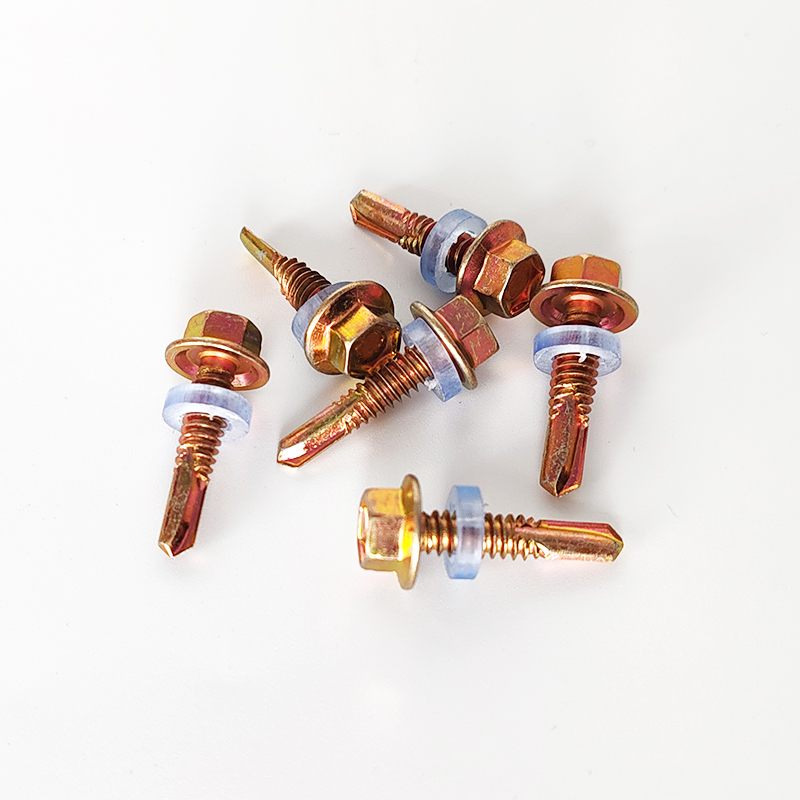using chemical anchors
Using Chemical Anchors A Comprehensive Guide
In the construction and engineering industries, the stability and longevity of structures heavily depend on the methods employed to secure components and materials together. One of the most effective and innovative solutions available today is the use of chemical anchors. Chemical anchors, also known as epoxy or resin anchors, provide a superior bonding solution by using a chemical adhesive to secure fixings in various substrates, including concrete, masonry, and brick.
What are Chemical Anchors?
Chemical anchors consist of a combination of two components a resin and a hardener. When mixed in the correct proportions, these components create a strong adhesive that cures to form a solid bond. Unlike mechanical anchors, which rely on physical methods such as expansion or friction to secure the anchor in place, chemical anchors create a bond through chemical reaction, resulting in exceptional load-bearing capacities and resistance to environmental factors.
Advantages of Chemical Anchors
1. Strength and Durability Chemical anchors offer superior load-bearing capabilities compared to traditional mechanical anchors. This means they can support heavier loads and are less likely to fail under stress, making them ideal for crucial applications in construction and infrastructure.
2. Corrosion Resistance Since chemical anchors are typically encapsulated in a polymer matrix, they are less susceptible to corrosion, rust, or degradation than metal anchors. This durability makes them suitable for use in harsh environments, including coastal areas and industrial settings.
3. Minimal Vibration and Noise The installation of chemical anchors produces minimal vibration and noise, which is a significant advantage when working in sensitive areas, such as hospitals or residential neighborhoods.
4. Versatile Applications Chemical anchors can be used in various applications, from attaching structural elements like beams and columns to installing fixtures such as handrails, brackets, and signage. They are effective in both vertical and horizontal configurations, making them a versatile choice for builders and engineers.
5. Installation in Wet Conditions Unlike mechanical anchors that might require dry surfaces for effective bonding, many chemical anchor systems can effectively cure in wet conditions. This capability allows for more flexible deadlines and work schedules.
using chemical anchors

Installation Process
The installation of chemical anchors involves several steps
1. Drilling the Hole A hole of the required diameter and depth is drilled into the substrate. The drill bit’s size depends on the specifications of the anchor being used.
2. Cleaning It is crucial to clean the hole thoroughly to remove dust, debris, and moisture. This ensures a strong bond between the anchor and the substrate.
3. Mixing the Adhesive The resin and hardener are mixed according to the manufacturer’s instructions. Accurate mixing is essential for achieving the desired bond strength.
4. Injecting the Adhesive The mixed adhesive is injected into the drilled hole, usually using a cartridge gun.
5. Installing the Anchor After injecting the adhesive, the anchor is inserted into the hole. The adhesive then bonds the anchor to the substrate as it cures.
6. Curing Time Depending on the type of chemical anchor and the environmental conditions, the curing time can vary. It is essential to allow adequate time for the adhesive to set before applying any load to the anchor.
Conclusion
Chemical anchors represent a modern solution to fastening needs in construction and engineering. Their unique combination of strength, durability, and versatility makes them an essential tool for professionals in the industry. As construction techniques evolve and project demands become more complex, chemical anchors will undoubtedly remain a go-to choice for ensuring the integrity and safety of structures around the world. Whether you are working on a large-scale construction project or a small renovation, considering the use of chemical anchors can enhance the longevity and reliability of your work.
-
Weatherproof Plastic Expansion Anchors for OutdoorNewsJun.06,2025
-
Sustainability in the Supply Chain: Eco-Friendly TEK Screws ProductionNewsJun.06,2025
-
Load-Bearing Capacity of External Insulation FixingsNewsJun.06,2025
-
Double Head Bolts: Enhancing Efficiency in Industrial MachineryNewsJun.06,2025
-
Corrosion Resistance in Chipboard Screws: Coatings for Wholesale DurabilityNewsJun.06,2025
-
Butterfly Toggle Bolts : Enhancing Structural ResilienceNewsJun.06,2025
